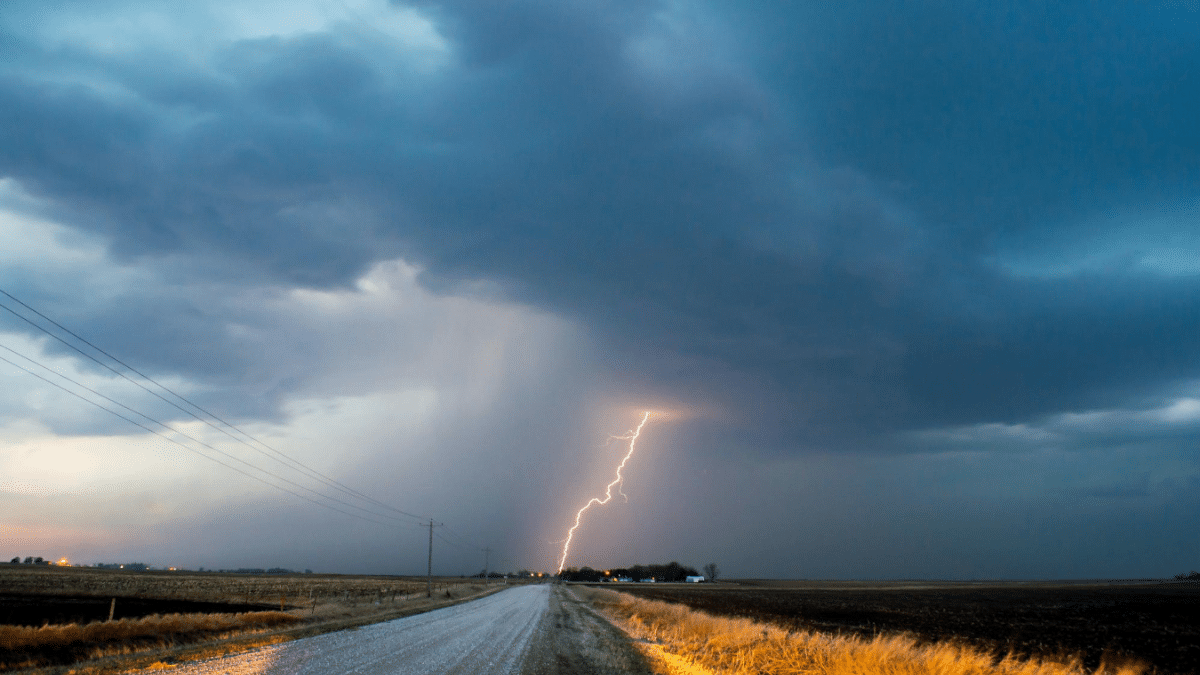Roofs bear the brunt of nature’s elements and persist through all seasons, serving as protectors of the structures beneath. However, not all roofs are created equal, and their longevity is inevitably shaped by the seasonal weather. Whether your roof is holding strong or falling apart is largely a question of climatic endurance.
Contents
Torrential Rains and Roof Resilience
Unlike a gentle sprinkle, torrential rains do not spare a roof’s integrity. Water can seep into the smallest crevices and, when unchecked, lead to an insidious rot. The impact is most pronounced in regions with prolonged rainy seasons, where roofs face perpetual exposure to moisture. Left undetected, it doesn’t take long for water to compromise structural elements, significantly diminishing a roof’s lifespan.
The sound of heavy droplets hammering on a roof is both a rhythmic serenade and a potential harbinger of degradation. Even well-constructed roofs can develop vulnerabilities over time, such as missing shingles or deteriorated flashing, which become all the more susceptible during unrelenting downpours. Those living in areas besieged by tropical storms or monsoon seasons might find added protection in roof designs that incorporate overhangs or elevated pitches, directing water away from the home’s vulnerable framework.
For those uncertain about the robustness of their roofing during heavy rainfall, consulting with a reliable roofing company can offer insights and solutions to safeguard against the damaging effects of water exposure.
Snow Loads: A Roof’s Heavy Burden
In colder climates, snow piles high on roofs, inadvertently testing their mettle. The additional weight these layers impose can overwhelm inadequately designed structures, leading to sagging or collapse. Moreover, the freeze-thaw cycle arising from fluctuating temperatures can cause expansion and contraction, which wreak havoc on shingles and other coverings. Appropriate insulation and regular snow removal become the unsung heroes in curbing the toll of winter’s wrath.
Heavy snowfall can disguise not only the beauty of a winter wonderland but also the underlying threats to a roof’s health. The weight of accumulating snow can silently stress roof trusses and support beams, while warmer days introduce melting snow that refreezes overnight, causing ice dams. Without proper gutters and drainage systems, these structures may endure lasting damage as water freezes beneath their surfaces. Across frigid regions, engineered roofs reinforce the foundations of homes, ensuring a protective shield amid harsher winters.
Scorching Heat: A Silent Threat
While rain and snow possess an overt menace, scorching heat is a more covert adversary. Roasted under unrelenting sun, roofs can endure premature aging. The intense UV rays break down roofing materials, causing tiles and shingles to crack and curl. In tropical and arid regions, this wear accelerates, resulting in increased maintenance costs or untimely replacements. Essentials in combating this affliction include reflective coatings or lighter-colored materials that redirect solar radiation.
Apart from direct sun damage, intense heat can amplify internal temperature fluctuations, escalating energy demand as homeowners use cooling systems more frequently. In this scenario, adequate ventilation plays a dual role: providing respite from thermal stress for both the roof and the home’s inhabitants. Innovations in roofing, such as infrared-resistant coatings and breathable underlayments, have emerged to tackle the conundrum of heat exposure, lending roofs an indispensable defense against the sun’s punishing rays.
Winds and Gale Forces: Nature’s Relentless Testing
The capriciousness of wind is a formidable test for roof durability. Gusts can lift tiles, shingles, or entire sections of roofing if inadequately secured. In hurricane-prone areas, wind speeds of up to 150 miles per hour demand roofs worthy of the fiercest tempests. In the absence of a robust design, homes face the neglected threat of relentless drafts and leaks. Reinforced fastenings and wind-resistant materials are often underestimated lifesavers.
In regions notorious for windstorms, even a minor oversight in roof construction can be catastrophic. Newly built homes must meet stringent building codes that prescribe using hurricane straps and fortified sealants for better wind resistance. For older homes, retrofitting becomes imperative to shore up ailing structures, adding fortified features that offer a sturdy barricade against howling winds. Emphasizing wind resilience ensures peace of mind through storms, anchoring homes against unpredictable celestial dances.
Seasonal Adaptations: Regional Specific Solutions
Confronted with diverse challenges, deliberate adaptations can extend roof longevity. Metal roofs reliably withstand harsh climates, boasting savvy resilience against almost every weather eventuality. Meanwhile, selecting appropriate materials such as slate, tile, or asphalt can further bolster regional readiness. Maintenance that addresses seasonal threats proactively can preserve both peace of mind and pocketbooks in turbulent climates.
The blend of tradition and innovation finds meaning when local architecture harmonizes with climatic reality. For instance, wooden shingles might offer rustic charm but are less suited to areas prone to wildfire. Solutions can include fire-resistant coatings or choosing alternatives like metal or slate for more hazardous environments. Whether investing in routine inspections or material upgrades, homeowners pave pathways to resilience, ensuring that the ultimate test of time transcends seasonal turmoil.
Conclusion
Roofs are valiant warriors against the elements, embodying the spellbinding interplay between architecture and the dynamic theatre of weather. Whether combating deluges, shielding against snow, or withstanding the sun’s merciless fire, resilience relies on understanding the weather’s unique demands. While no roof lasts forever, seasonally informed choices and preemptive measures define a roof’s enduring legacy. As the sky torments, a steadfast roof stands as a silent testament to its unavoidable confrontation with time.

